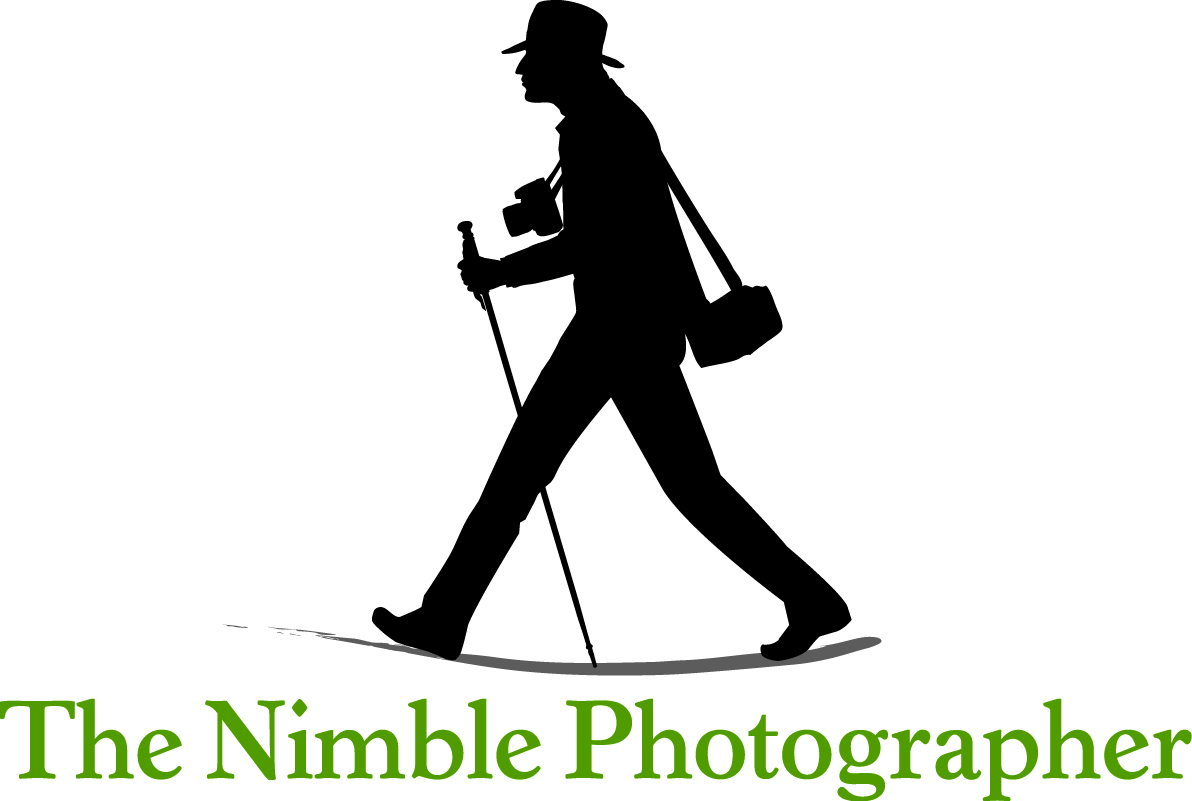I'll be at the Clippers vs Warriors game at Oracle Arena on Thursday, May 1.
Hopefully Donald Sterling won't. In fact, by Thursday he should be suspended by the NBA.
My team, the Golden State Warriors, are deadlocked in a playoff battle with their foes from Southern CA. There's no love between the Clippers and Warriors, but there certainly is respect. And that's more than we can say about our feelings for their owner.
So in the short term, we have a series winner to determine. Over the long haul, we have to deal with a person in power who doesn't respect his own team as much as its opponents do.
There's something very wrong with that. It will be dealt with.
In the meantime, I hope that both teams will be able to put their best effort on the floor over the next couple games, and especially Thursday night at Oracle.
And yes, we have our own message for Donald Sterling: "Stay home."
We don't want you in our house.
-Derrick
